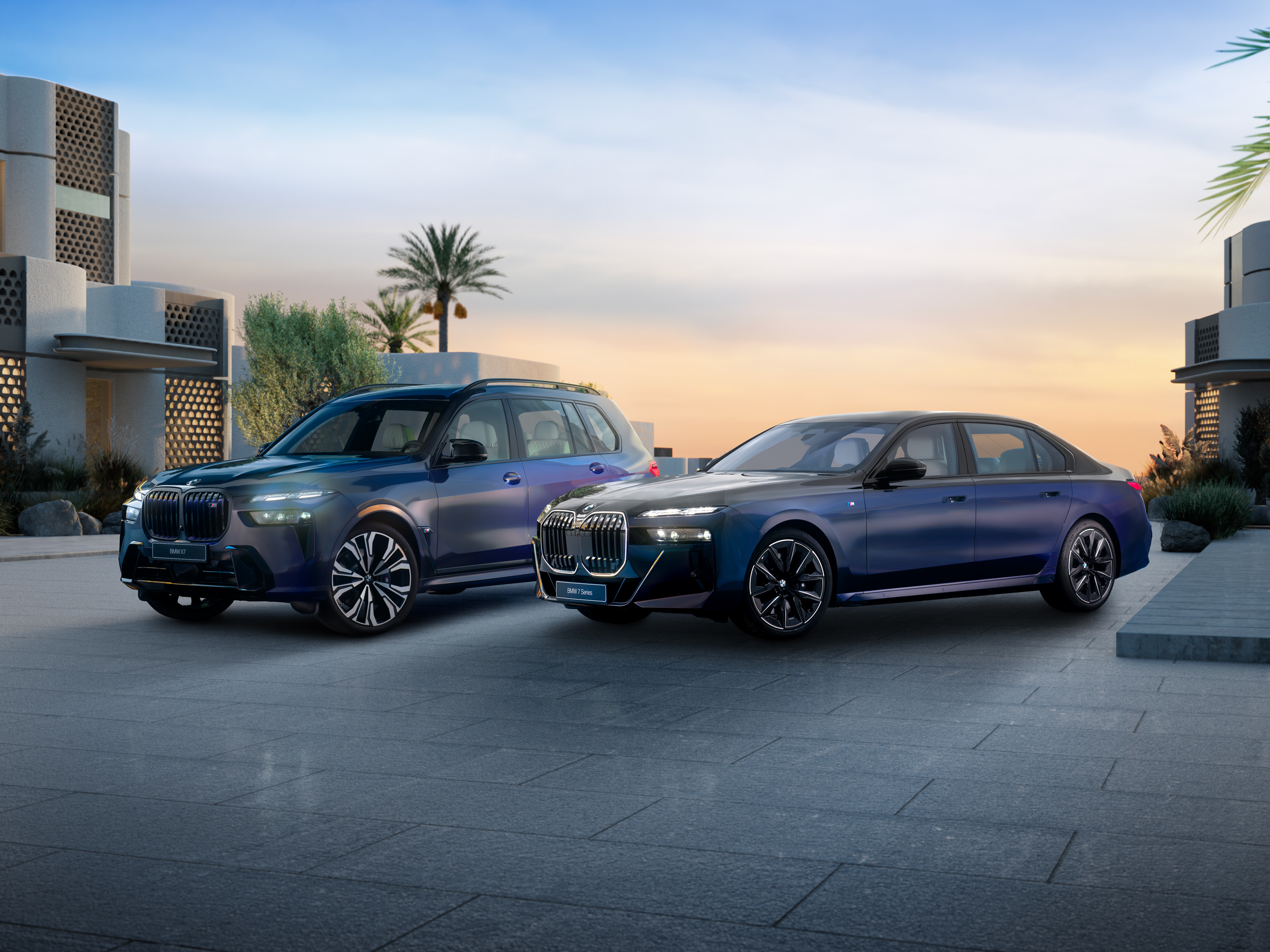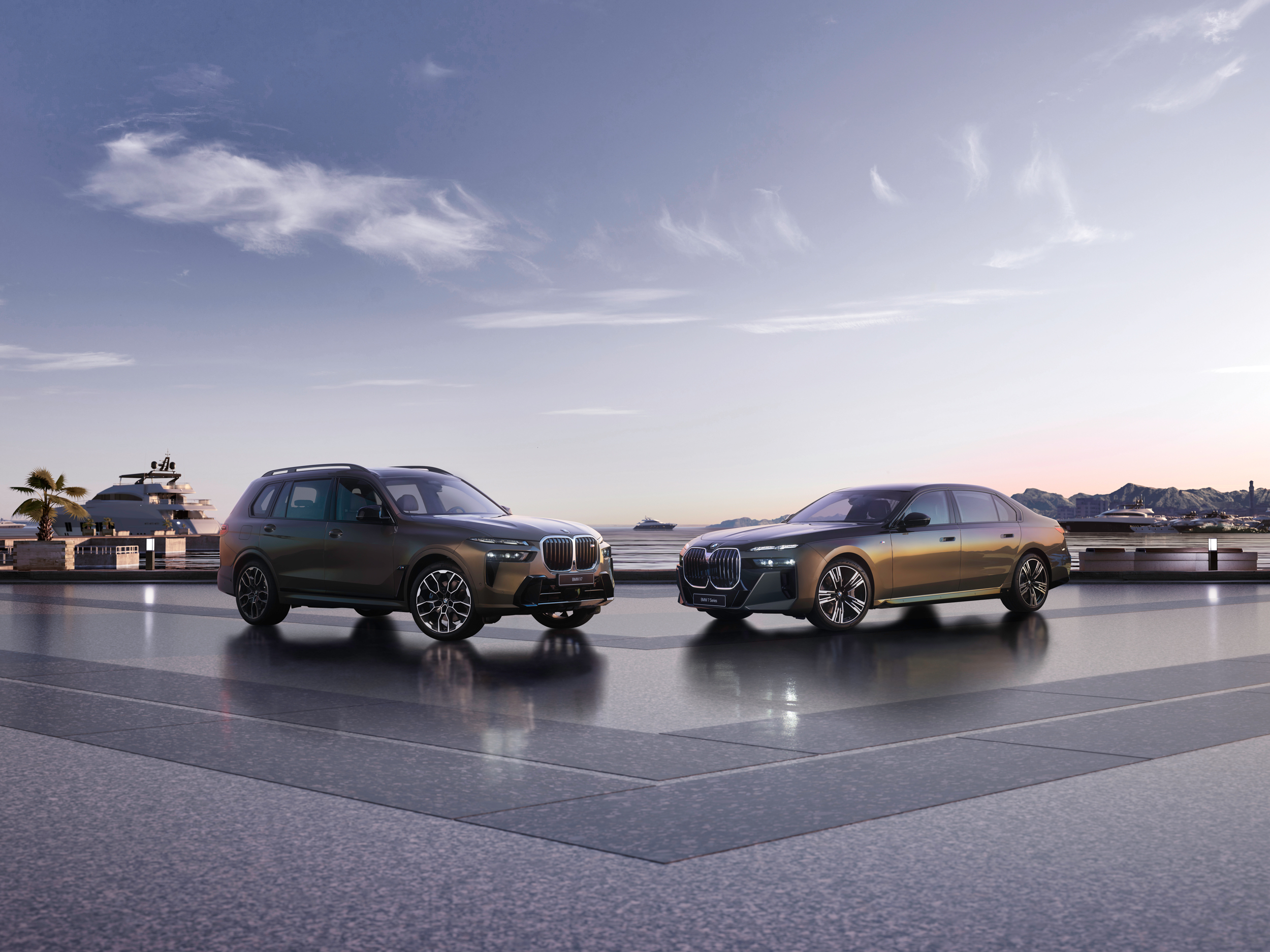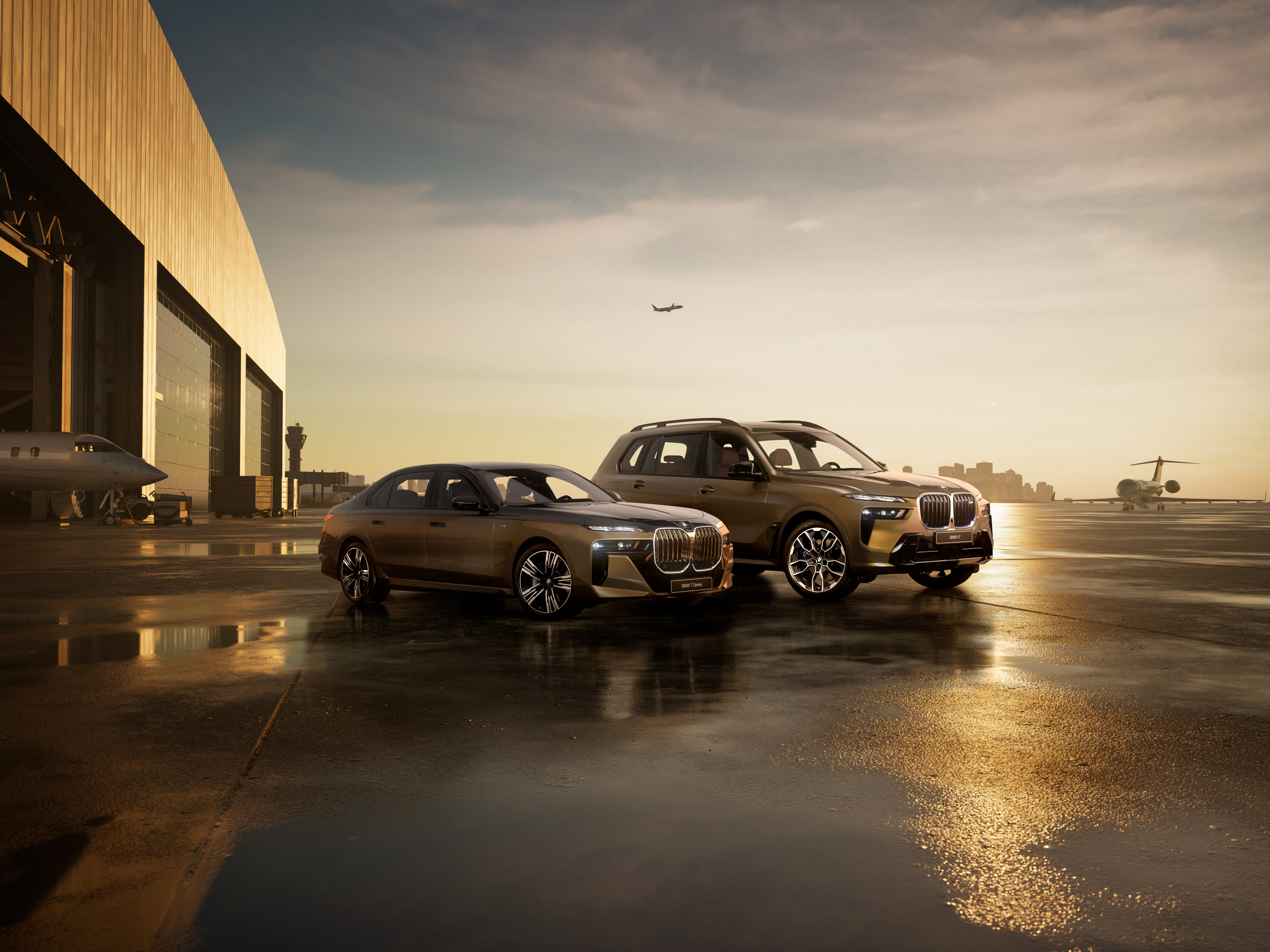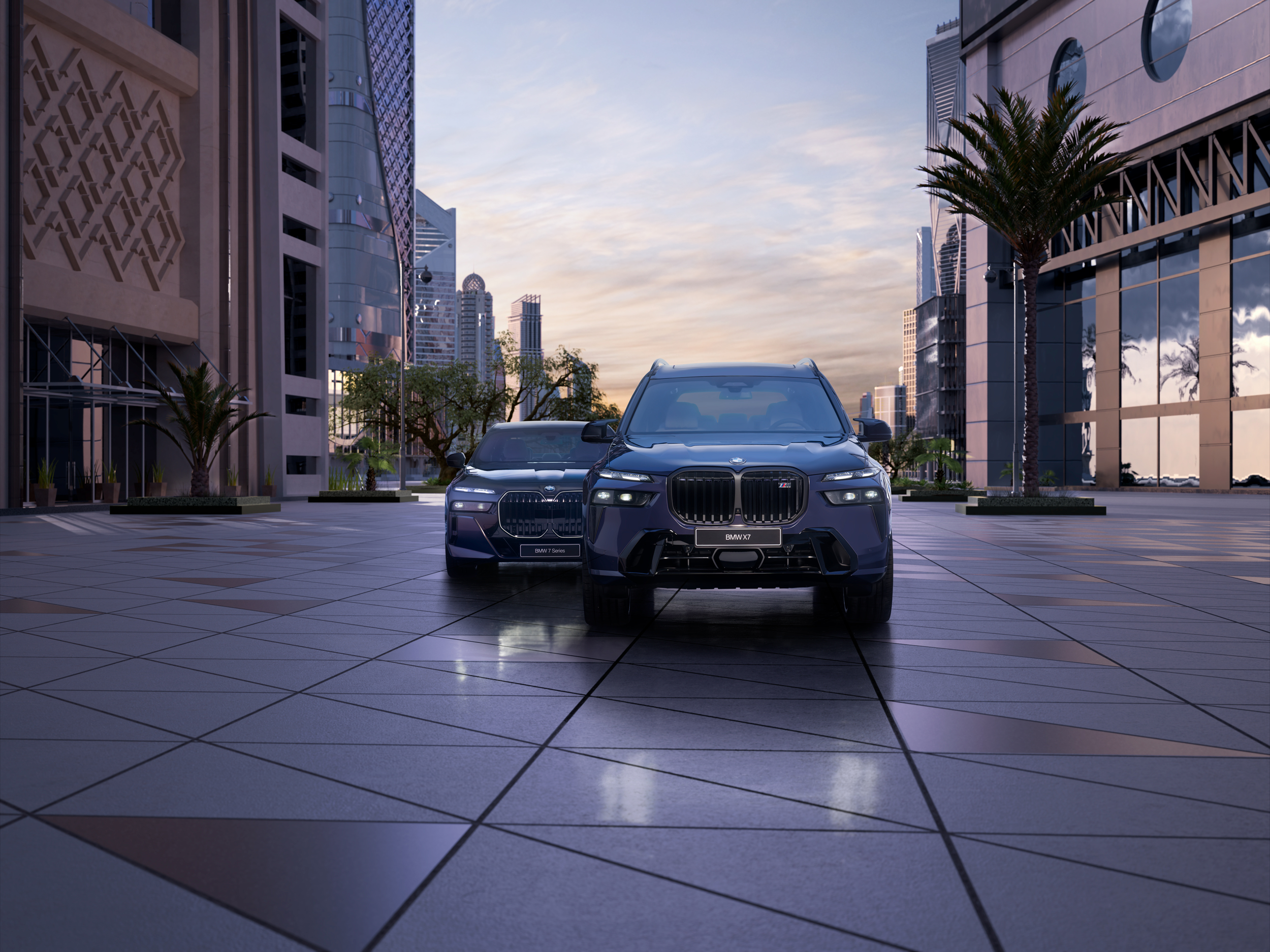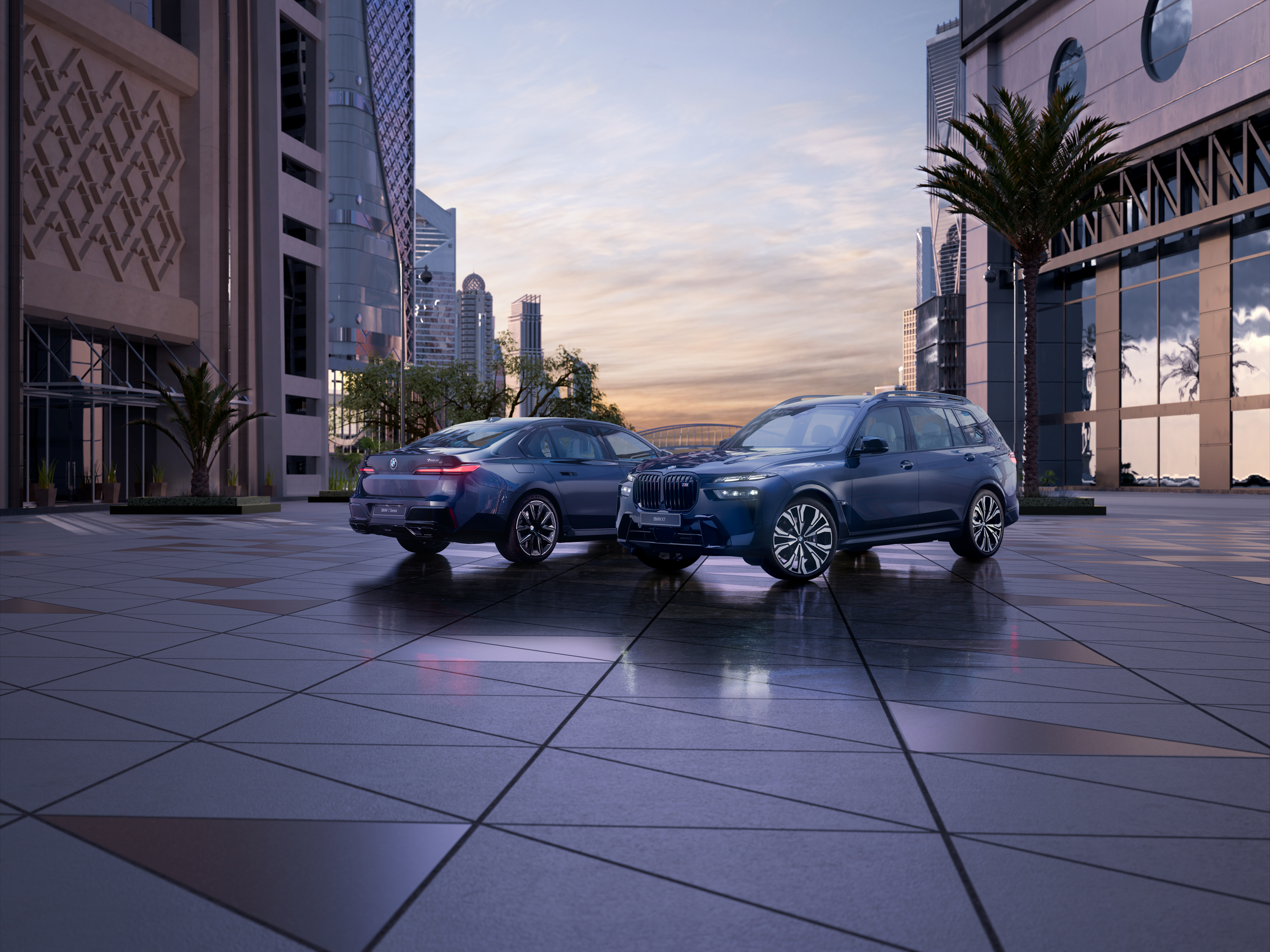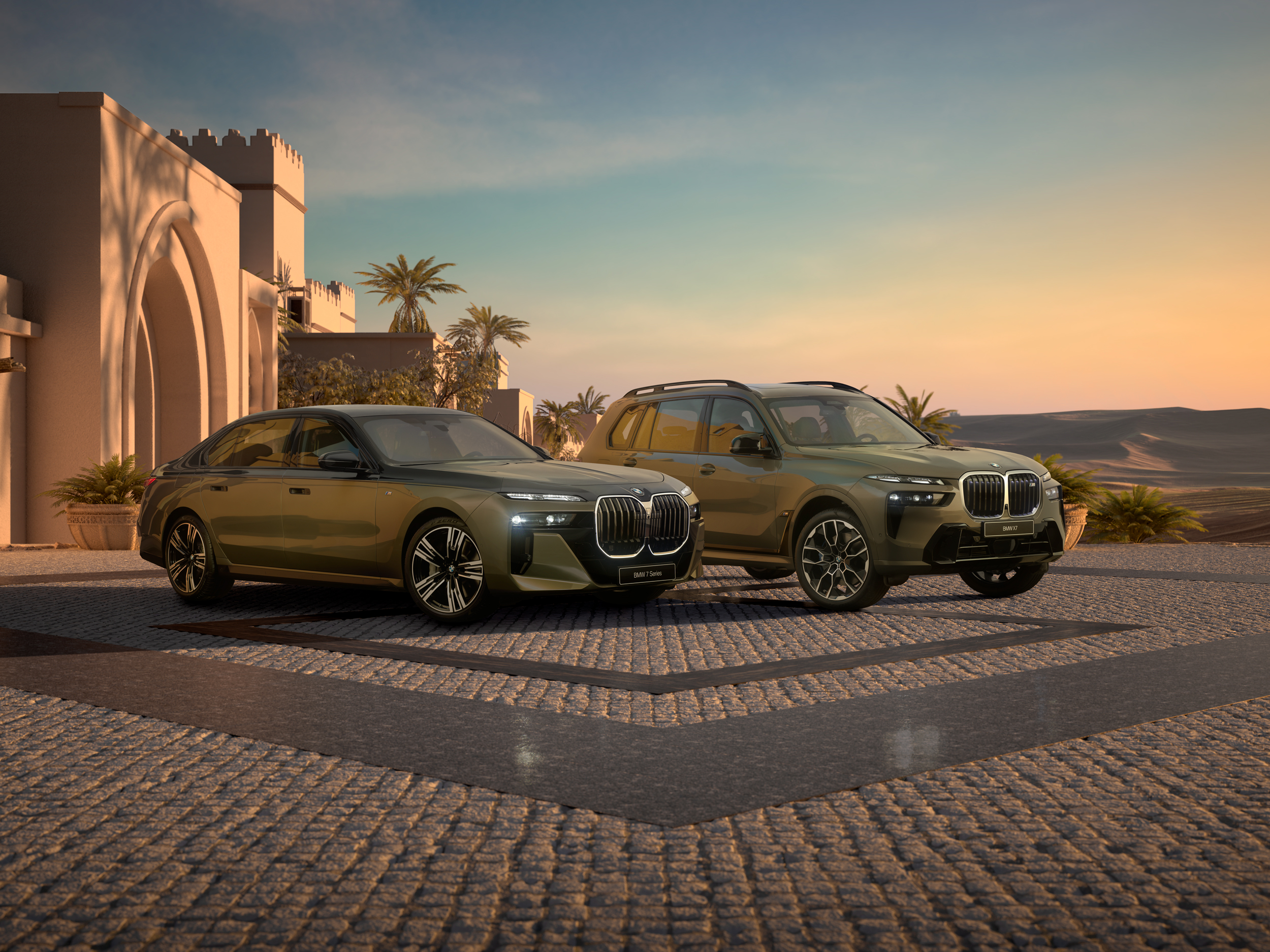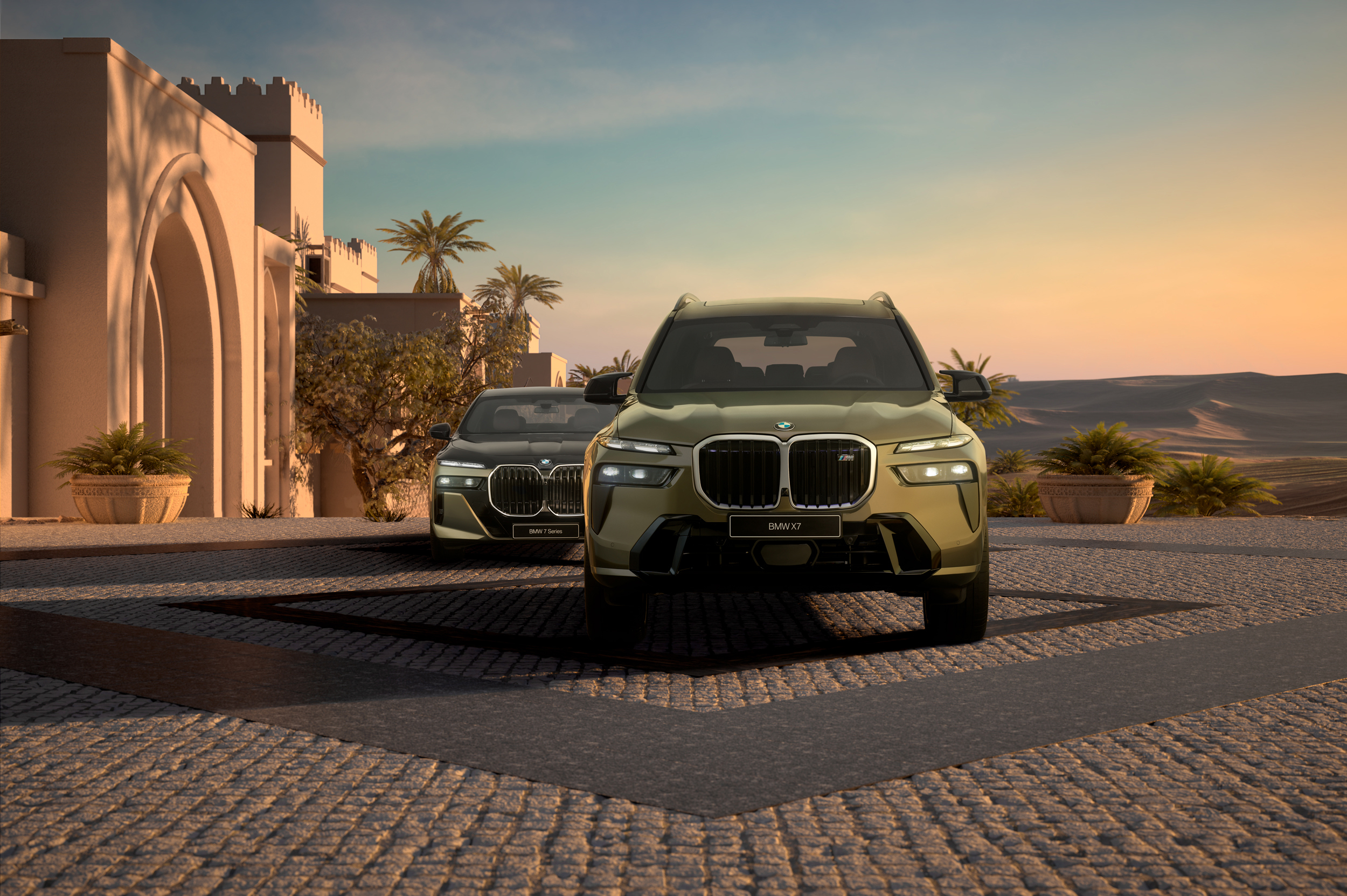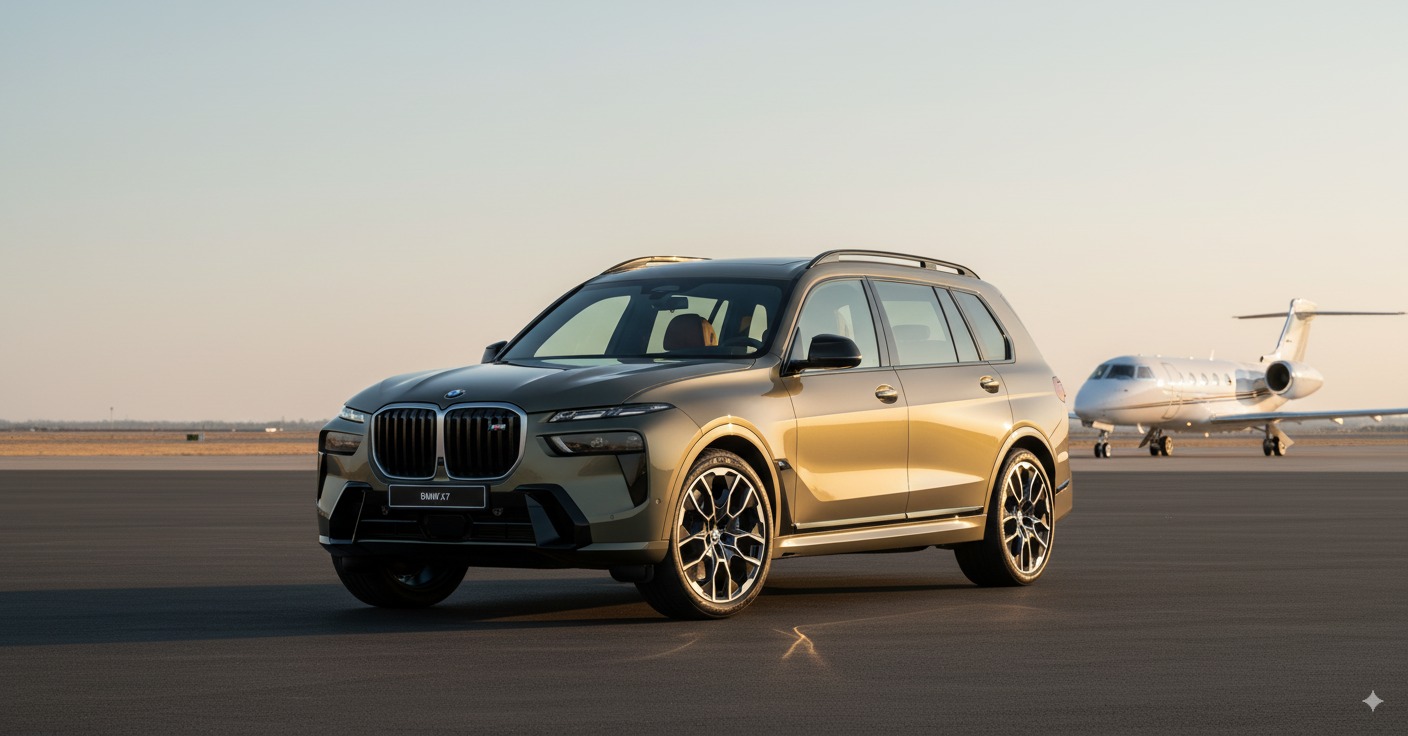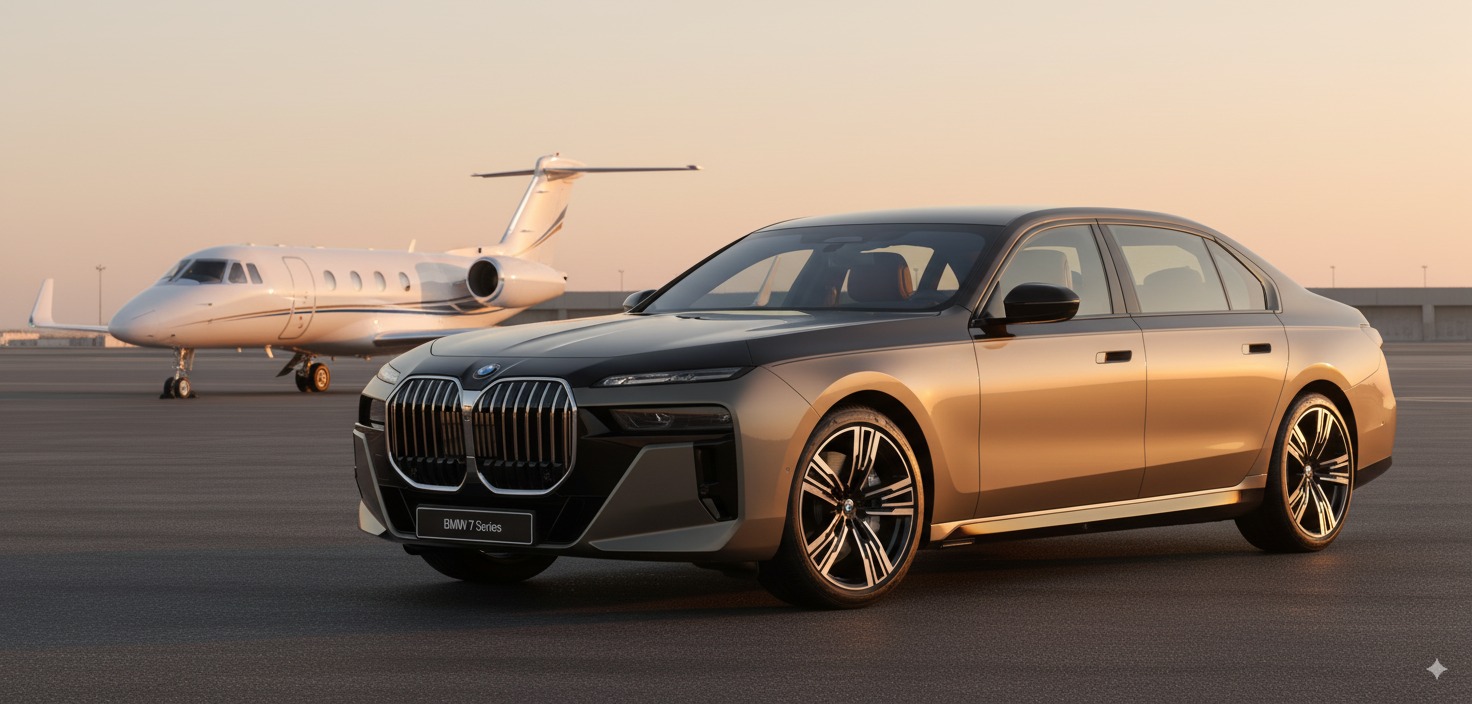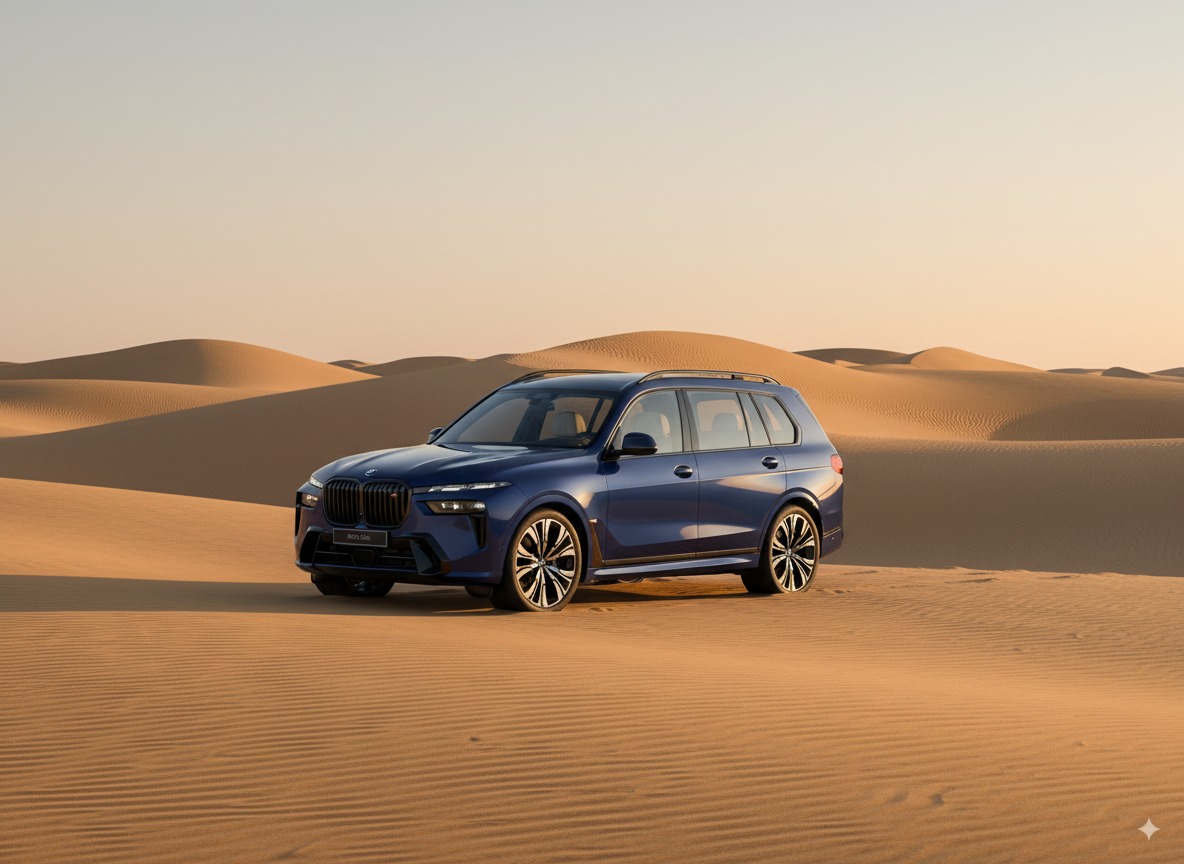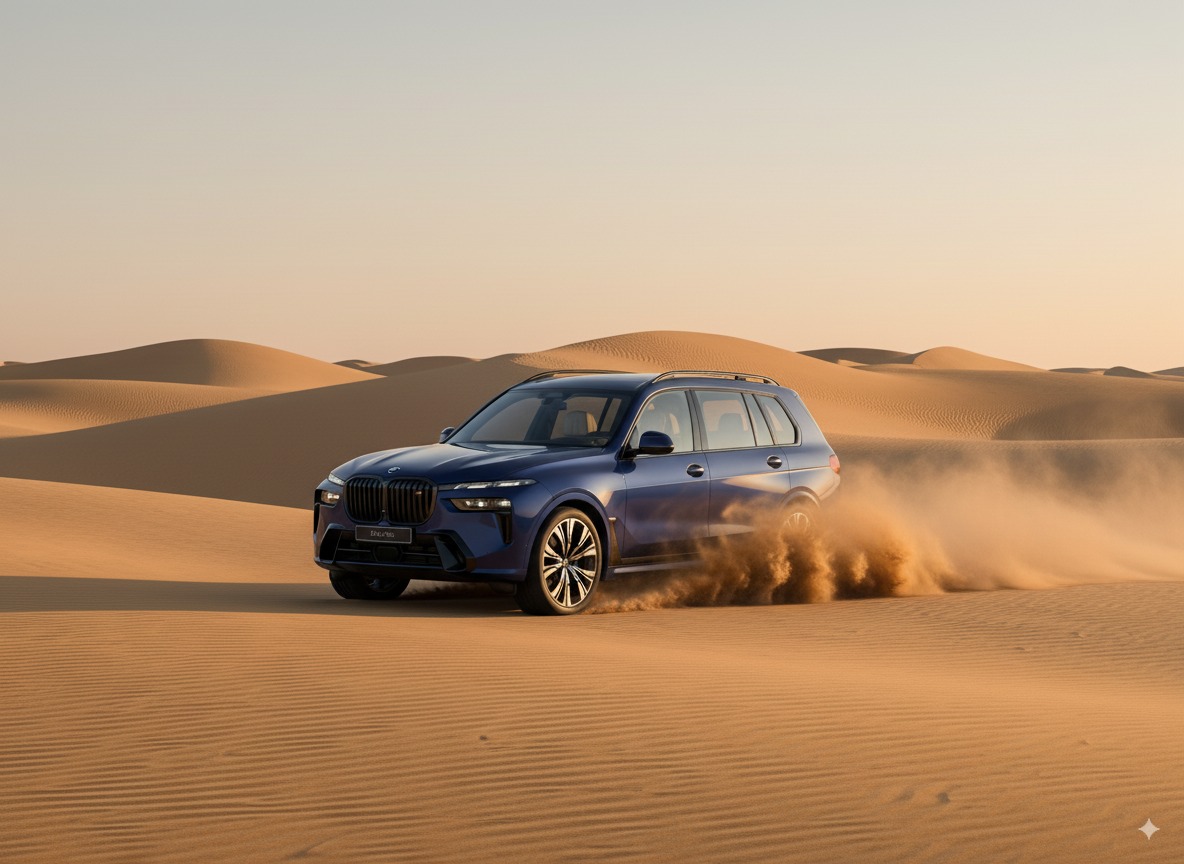Overview
Billboard key visuals for BMW 7 Series and X7 across the Gulf. Shot in front of an LED volume at Pixojam Virtual Production. I supervised the virtual production and delivered high-res composited images using Unreal Engine renders and on-set photography.
My Role
Virtual Production Supervisor on set
Unreal Engine environment artist for 2 of the 5 scenes
Compositing of all key visuals
Retouch direction and final polish
Brief
Create premium automotive visuals that feel cinematic and location-authentic while keeping a fast VP workflow for stills. Output must be billboard ready.
Approach
Built and adjusted five Unreal Engine environments. Two scenes created from scratch, the rest customized for scale, light, and camera.
Matched LED wall content to the on-set lighting plan. Managed color match between LED, car paint, and camera pipeline.
Captured photography in front of the LED with controlled reflections and shadow continuity.
Composited the photographed vehicles with high-resolution Unreal renders. Final retouch to unify reflections, tire contact, and sky.
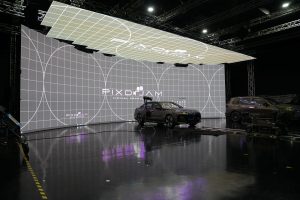
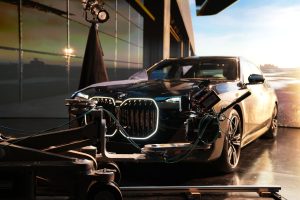
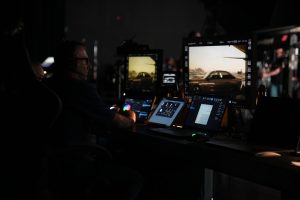
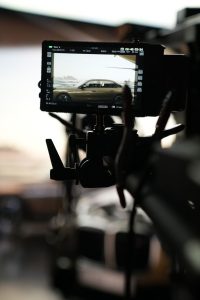
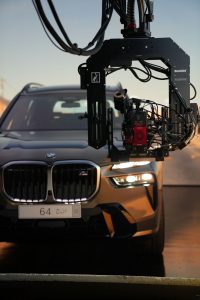
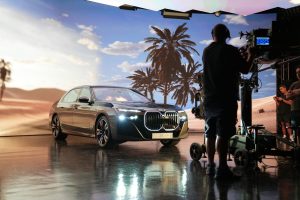
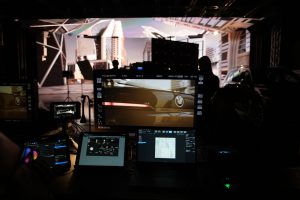
Compositing & Retouch
Primary comp and integration handled by me across all KVs
Retouch support by Dawn Marie Jones and Mohammad Pirsalami under my direction
Delivery at billboard resolution with clean masks, reflection control, and consistent grade
Deliverables
Nearly 18 key visuals prepared for OOH and print
High-res layered masters plus flattened print-ready files
Tools
Unreal Engine 5, Photoshop, Camera RAW, HDR reference capture, on-set VP workflow
Credits
Photography: Benedict Campbell
Director and DOP: Andres
Virtual Production Studio: Pixojam Virtual Production
CEO: Azin Samarmand
VP Supervision and UE Environments (2 scenes): Hamed Tayebi
UE Environments (3 scenes): Hugo Weichert
Compositing: Hamed Tayebi
Retouch Support: Dawn Marie Jones, Mohammad Pirsalami
Colour Management Pipeline: Michael Lagerway
Result
Consistent, premium automotive visuals that feel photographed on location while enabling tight timing and repeatable setups inside the LED stage.
AI vs Real Shoot Compositing for Key Visuals
AI images can look incredibly real on a phone or laptop. For web and social, they work well. For large-scale print and magazines, quality limits show up fast.
On this campaign we used real photography in front of the LED volume, then I composited the cars with high-resolution Unreal Engine environments. This approach delivers clean edges, accurate reflections, and files that stand up to print.
Why real shoot + compositing wins for print
Resolution really matters. Most AI generators export at 1K–2K and their built-in upscalers take you to roughly 4K on the long edge. That is fine for web and social, but it collapses when you go big.
Billboard math – what you actually need
6×3 m (48-sheet): about 4724×2362 px at 20 ppi, 7087×3543 px at 30 ppi.
12×3 m (96-sheet): about 9449×2362 px at 20 ppi.
Spectacular 30 m wide: ≈23,622 px wide at 20 ppi, ≈11,811 px at 10 ppi.
Magazine double-spread (17×11 in at 300 dpi): 5100×3300 px.
A3 poster (300 dpi): 4960×3508 px.
Compare with a 4K AI image
4K width = 3840 px.
At 30 ppi that prints only ≈3.25 m wide.
At 20 ppi it reaches ≈4.88 m wide.
For a 6 m board it already falls short, and for 12–30 m boards it is dramatically undersized. Upscaling further often adds softness, ringing, and banding.
Why our real shoot + UE composite stays sharp
We photograph the real car in front of the LED, then integrate high-resolution Unreal Engine renders to deliver files sized for OOH and magazines.
Reflections, chrome, and paint are physically consistent because lighting and wall content are controlled on set.
A color-managed pipeline carries accuracy from LED stage to print proof.
Series work stays consistent across 10–20 KVs because lensing, camera height, and ratios are locked on set.
Bottom line: Use AI for concepts and social. For billboards up to 30 m and magazine print, you need real photography plus compositing to hit the required pixels and hold detail.
Quick comparison
| Use case | AI generated image | Real shoot + UE compositing |
|---|---|---|
| Web, social, stories | ✔ Fast, looks great | ✔ Looks great |
| Magazine, brochure, double-spread | △ Often soft after upscaling | ✔ Sharp at 300 dpi |
| Large posters, OOH | △ Artifacts and banding appear | ✔ Clean edges and stable color |
| Reflection accuracy on cars | △ Inconsistent | ✔ Physically believable |
| Series consistency | △ Hard to match set to set | ✔ Locked on set and in comp |
Conclusion: Use AI for concepts, mood boards, and social. Use real photography with virtual production and compositing for print, OOH, and campaign work.
CTA: Want a print-ready key visual series
Start a Project
AI images are fine for web and social. For magazines and large posters you need high native resolution and clean edges. Our real shoot plus Unreal Engine compositing delivers print-ready files.
Choose a real shoot for campaigns that require consistency, accurate reflections on cars, color-managed masters, and large-format print.
Yes. We use AI for fast concept visualization, then move to virtual production and compositing for final key visuals.
Campaign Film
The BMW 7 and X7 campaign film was captured fully inside the studio in front of the LED volume at Pixojam Virtual Production.
Director/DOP: Andres. VP Supervisor: Hamed Tayebi.
I led the virtual production workflow on set, prepared Unreal Engine content, matched color and exposure between the wall and the car, and ensured parallax, reflections, and camera moves felt natural. The film uses the same five Unreal Engine environments as the key visuals. I created two of the scenes from scratch and tuned the remaining three for lensing, lighting, and playback.
Film Workflow Highlights
Previs and playback prepared in Unreal Engine 5
Wall light cards and exposure balanced to car paint and glass
Camera tracking and parallax checks for realistic motion
Reflection management and in-camera comps for faster finishing
Final masters conformed and graded through the color pipeline
Film Credits
Director/DOP: Andres
Film Editor: Keith Dallison
Virtual Production Supervisor: Hamed Tayebi
UE Environments (2 scenes) and LED content: Hamed Tayebi
UE Environments (3 scenes): Hugo Weichert
Colour Management Pipeline: Michael Lagerway
Virtual Production Studio: Pixojam Virtual Production
CEO: Azin Samarmand
Contact
- UAE - Dubai
- (971) 52 747 9401
- info@hamedtayebi.com

